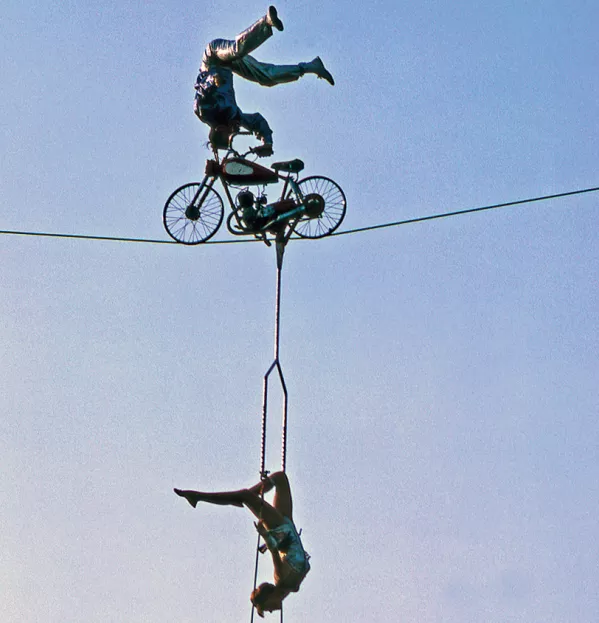It has been only two months since Scottish schools returned. But the environment on 11 August was a very different place from where we find ourselves today. Back then, Covid-19 had been effectively suppressed and, while there was a fair amount of nervousness in schools, things felt relatively under control.
Fast-forward to the present, and the situation has changed dramatically. From single-figure numbers of daily Covid cases at points in July, Scotland is now regularly posting daily figures of more than 1,000. And despite their best efforts, schools are part of this trend.
At the start of the week it was reported that one Scottish secondary had told 450 students to self-isolate over the October holidays, after 15 positive cases in the school. It is likely that similar scenarios will play out in other parts of Scotland, although the holidays have come in the nick of time, allowing a chance for schools to regroup before the autumn and winter ahead.
Far from the anarchy that some predicted, we have heard many reports of orderly and generally well observed responses in schools to the safety restrictions demanded by Covid-19. That comes with caveats, of course, including frequent examples of social distancing being impossible in some settings, and of some teenagers - with the inherent invulnerability of youth - not following safety advice as assiduously as they could.
The high-wire act keeping schools open while maintaining control over the virus is, however, starting to teeter. If you went looking, there have always been plenty of teachers voicing their concerns about safety, but now their unions are stepping up their efforts to amplify such concerns.
This week, the NASUWT teaching union said that “the spike in the Covid-19 transmission rate in certain secondary school children age groups, and also primary school age groups, coupled with the rise in transmission in the community, could potentially increase the risk to teachers and other education staff”. As well as “further within-school measures”, general secretary Patrick Roach wants to see “more stringent compliance and enforcement measures”.
Last week, the EIS teaching union wrote to education directors, calling on them to carry out new risk assessments for vulnerable teachers, “to ensure that the staff in our schools remain safe in their places of work”. The union also hit out at councils for forcing vulnerable school staff to declare themselves unfit for work, rather than allowing them to work remotely.
First minister Nicola Sturgeon and her deputy, education secretary John Swinney, are pragmatic politicians: when Covid was being suppressed before the summer - at the same time as a strong backlash against plans for blended learning in the new school year - they suddenly decided late in June that a full return of pupils would be possible from August. Since then, they have firmly and repeatedly stated that their priority is to keep schools open, and that stringent measures have been applied in other sectors with that key aim in mind.
Now, however, the concerns of school staff are growing louder, and those concerns may spread beyond the school gates. We have already seen how Covid safety protocols mean that a handful of positive cases can require hundreds of absences - but also evidence that many more pupils may stay at home because their parents decide to exercise caution. If those trends become more common upon schools’ return, the clamour from some - and the subsequent resistance from others - for blended learning will only grow.
Amid all the strictures of changing Covid regulations these past couple of months, schools have actually provided a sustained semblance of normality, but for how much longer? When schools have returned from their October break, some of the hardest decisions yet will await our politicians.
@Henry_Hepburn
This article originally appeared in the 16 October 2020 issue under the headline “As Covid rises, the high-wire act keeping schools open is teetering”
